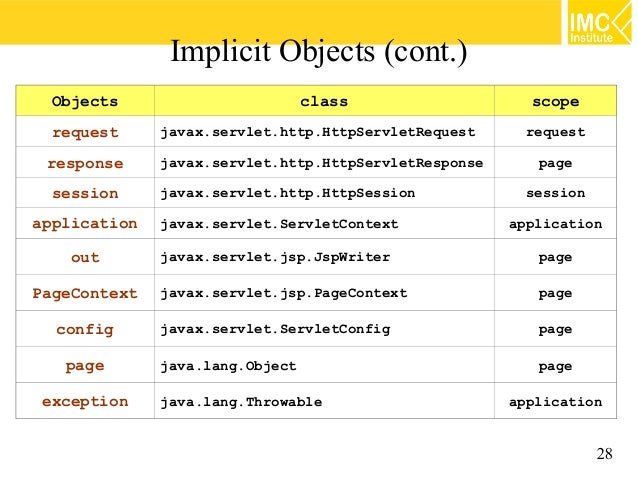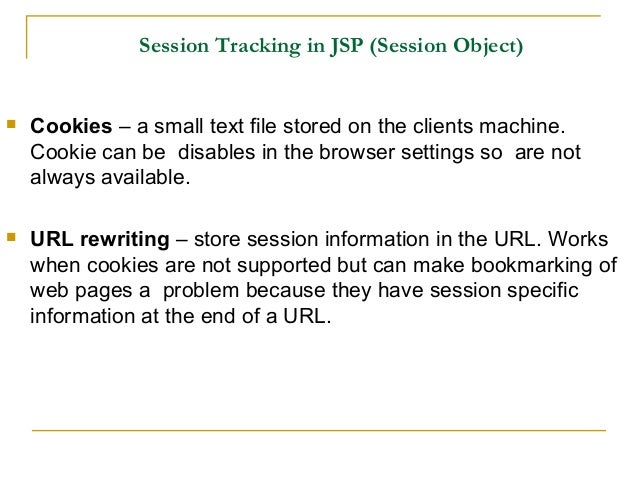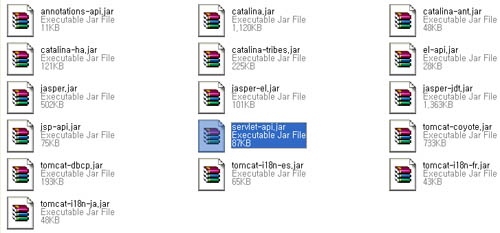Class file for javax.servlet.jsp. Cannot access javax.servlet.jsp.tagext. Class file for javax.servlet.jsp.tagext.JspIdConsumer not found. The superclass 'javax.servlet.http.HttpServlet' was not found on. The servlet-api JAR file is a library.
You need to add the Servlet API to your classpath. In Tomcat 6.0, this is in a JAR called servlet-api.jar in Tomcat's lib folder. You can either add a reference to that JAR to the project's classpath, or put a copy of the JAR in your Eclipse project and add it to the classpath from there. If you want to leave the JAR in Tomcat's lib folder:.
Right-click the project, click Properties. Choose Java Build Path.
Click Add External JARs. Browse to find servlet-api.jar and select it. Click OK to update the build path. Or, if you copy the JAR into your project:. Right-click the project, click Properties.

Choose Java Build Path. Click Add JARs. Find servlet-api.jar in your project and select it.
Click OK to update the build path. Spotless s01. If not done yet, you need to integrate Tomcat in your Servers view. Rightclick there and choose New Server. Select the appropriate Tomcat version from the list and complete the wizard. When you create a new Dynamic Web Project, you should select the integrated server from the list as Targeted Runtime in the 1st wizard step.
Or when you have an existing Dynamic Web Project, you can set/change it in Targeted Runtimes entry in project's properties. Eclipse will then automagically add all its libraries to the build path (without having a copy of them in the project!).
I had the same problem because my 'Dynamic Web Project' had no reference to the installed server i wanted to use and therefore had no reference to the Servlet API the server provides. Following steps solved it without adding an extra Servlet-API to the Java Build Path ( Eclipse version: Luna):.

Right click on your 'Dynamic Web Project'. Select Properties. Select Project Facets in the list on the left side of the 'Properties' wizard. On the right side of the wizard you should see a tab named Runtimes. Select the Runtime tab and check the server you want to run the servlet. Edit: if there is no server listed you can create a new one on the Runtimes tab.
Give More Feedback

PageContext (Servlet and JavaServer Pages API Documentation) Class NEXT CLASS SUMMARY: NESTED DETAIL: javax.servlet.jsp Class PageContext java.lang.Object +- javax.servlet.jsp.PageContext public abstract class PageContext extends java.lang.Object A PageContext instance provides access to all the namespaces associated with a JSP page, provides access to several page attributes, as well as a layer above the implementation details. Implicit objects are added the pageContext automatically. The PageContext class is an abstract class, designed to be extended to provide implementation dependent implementations thereof, by conformant JSP engine runtime environments. A PageContext instance is obtained by a JSP implementation class by calling the JspFactory.getPageContext method, and is released by calling JspFactory.releasePageContext.
See More On Stackoverflow
An example of how PageContext, JspFactory, and other classes can be used within a JSP Page Implementation object is given elsewhere.